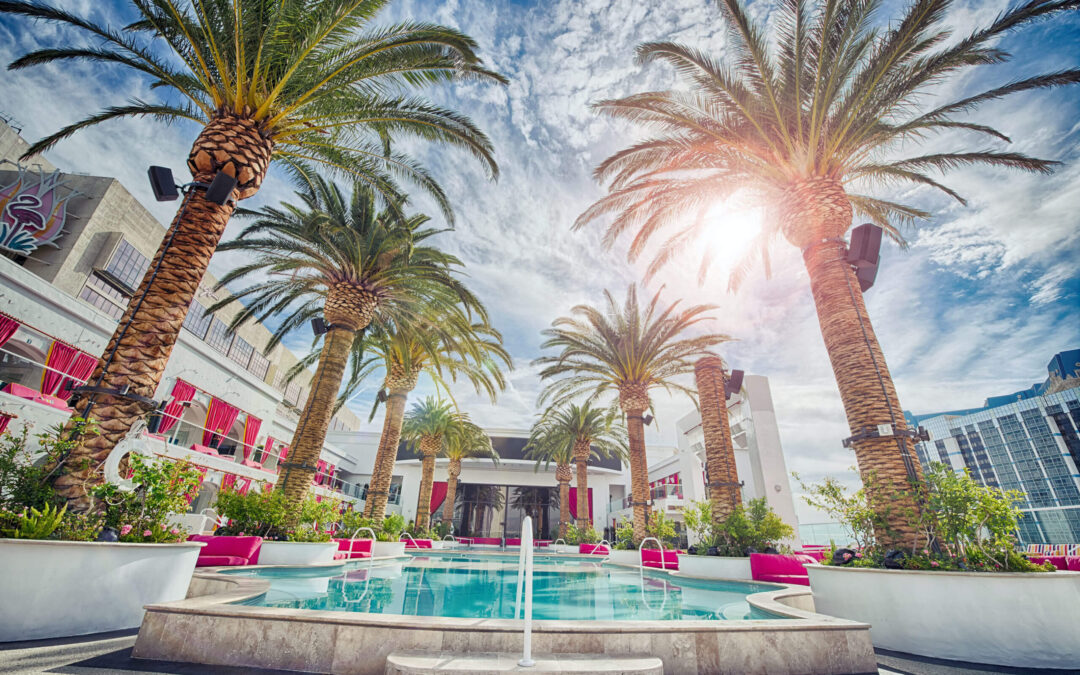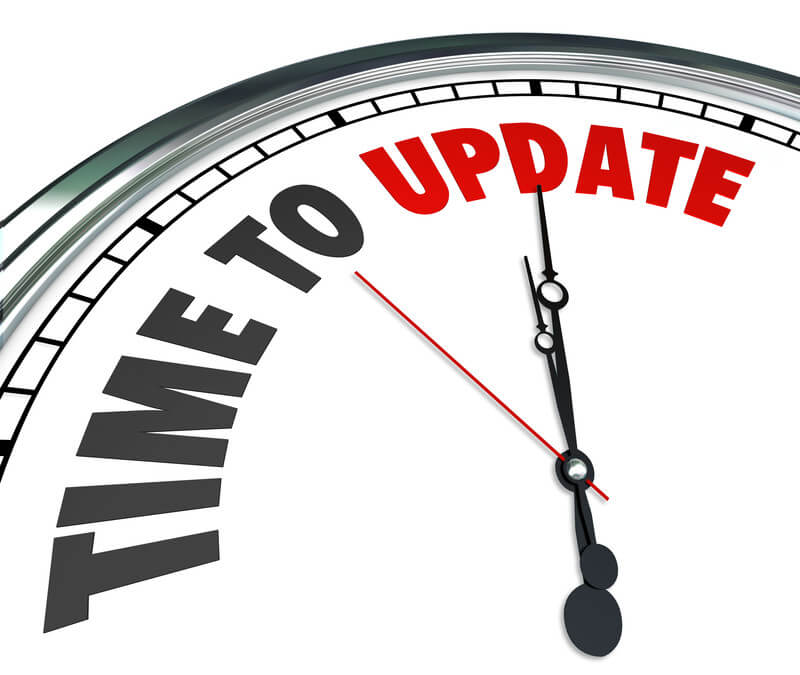
Meeting and Event Security Tips to Help Minimize Risk
Any event, from a relatively small meeting of just a couple dozen people to a convention open to hundreds or thousands of attendees, will require some measure of security to ensure the safety and well-being of guests. As the event host or planner, it is incumbent upon you to provide more than food and entertainment; you are responsible for the safety and security of those who attend your event.
This can seem a heavy burden in this day and age, with so many terror attacks and mass shooting events hitting the headlines. However, you don’t have to go it alone. When you partner with a professional event organizer like American Meetings, Inc. (AMI), you can gain access to expertise and connections that help you to put an appropriate security plan in place and strategize the best solutions for everything from unruly guests to potential disaster situations.
Says John Cotter, COO at AMI, “There’s a lot of trepidation lately about possible security risks at high-profile events, which is why so many companies elect to work with top-notch security firms. We’ve learned from recent events that we can’t be complacent. We need to have comprehensive security measures in place and thoughtful and proactive planning for disaster scenarios.”
In order to ensure guest safety throughout an event, companies should work with a professional meeting or convention planner to come up with appropriate strategies and concrete measures for addressing risk factors. Here are just a few essential security tips to minimize risk at your next meeting or event.
Compare Indoor vs. Outdoor Venues
The nature, size, and scope of your event may dictate whether you require an indoor or outdoor venue, and you’ll almost certainly have some preference in the matter. In some cases, you’ll need security in place for both outdoor and indoor settings, such as if attendees must wait in lines outdoors to register, check-in, and enter the venue.
In any case, your first order of business is to understand different security needs for indoor versus outdoor venues. For example, an outdoor setting could pose risks for exposure, not only to weather hazards like extreme temperatures or storms, but also exposure to outside threats due to the open and visible nature of the gathering.
While an indoor setting obviously offers more coverage and camouflage for guests, as well as entry points that are easier to secure, it could pose different challenges in terms of monitoring attendees, as opposed to the open view offered by outdoor settings. Once you choose a venue, you’ll have to assess potential risk factors and address the specific security needs of the location with your convention planner and security specialists.
Set Up a Confab with the Event Organizer and Venue Rep
When booking a venue, it’s best to meet with a site representative to discuss security measures already in place, such as protected entry points or on-site security. Some venues are willing to provide certain on-site services and staff that have already been vetted and are familiar with the location. However, you may want to bring in additional services and staff of your choosing, such as trusted caterers, security companies, or other vendors, and you need to make sure your preferences are permissible.
You’ll want to tour the facilities ahead of time to select the safest locations for meetings or events, and your event organizer and security experts should be able to help you here. If you’re hosting a multi-day event, you should also discuss secure on-site equipment storage to avoid tampering and theft.
Consider Additional Security Needs
Although the venue you select might have ample security measures already in place, you still need to work with your convention planner and security experts to assess potential threats and implement a plan that accounts for any holes in existing security. Whether you require additional staff, equipment like barricades, or technologies designed to identify unwanted guests and deny them entry (like facial recognition software, for example), comprehensive security preparations are a must.
Work with Your Convention Planner to Find a Reputable Security Firm
At the very least, you should schedule a site assessment with a third-party security firm that can offer advice from an unbiased vantage. Working with a reputable global event organizer like AMI, you can find security companies familiar with the type and size of the event you’re planning. You’ll want to ask for a security plan in advance, as well as a communications strategy and disaster plan. With a partner like AMI, you’ll have your security on lockdown before and during your event.





